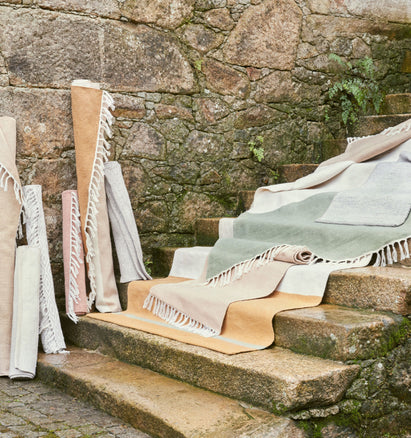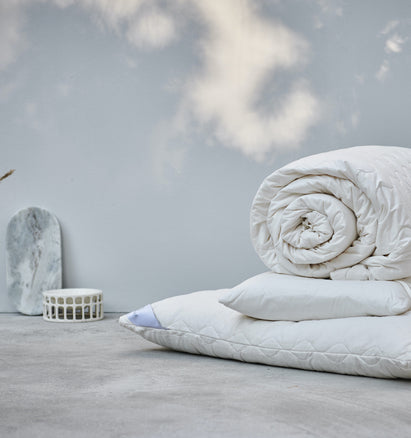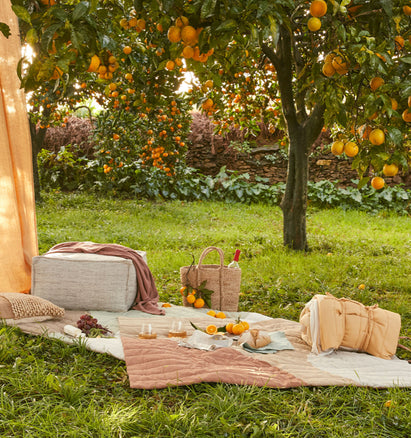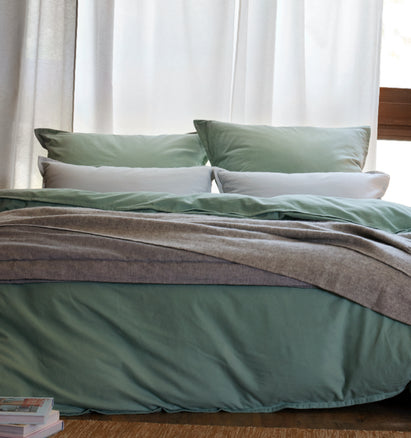Alpaca Wool: An ancient tradition
Long before Columbus, long before the rise of the first Inca rulers and long before they laid the foundation stone for the majestic Machu Picchu, people in the high mountains of the Andes encountered a small camel without humps. Scientists now believe that it was the vicuña that the Andean peoples tamed 6,000 to 7,000 years ago. The domesticated form of these New World camelids are well known today: everyone's favourite, friendly alpaca.
In contrast to the llama, which is used as a transport animal, alpacas are particularly popular for their fine but tear-resistant wool. But how are alpacas kept? How often are they shorn? And what about the babies? Find out more in this article.
Alpaca farms in Peru
Llamas and alpacas formed the basis for developing the Inca and their predecessor cultures. This is most noticeable in present-day Peru, where about 80% of the world's llama and alpaca population lives. Most of these live on small, multi-generational farms dedicated to breeding alpacas. For countless Andean inhabitants, alpaca wool is the only source of income. The ecosystem also benefits from keeping the animals. According to Peruvian ecologist Antonio Brack, alpaca farms are the best guarantee that the Andes will not dry out.
What makes alpaca wool so special?
Alpaca wool is unique. It regulates the body temperature optimally, the fine fibres do not scratch but are pleasantly soft, and it is naturally dirt-repellent, durable and tear-resistant. Since the fibres contain specific protein molecules, products made of alpaca wool are odourless. Another advantage is that there is no wool grease or lanolin, making the wool particularly allergy-friendly.
Keeping alpacas: the ethical way
Alpacas need exercise, meaning their access to extensive pastures is fundamental to their health. They are also herd animals, so they should never be kept alone. A dry shelter is also essential. There have indeed been incidents on some farms where alpacas have not been treated fairly. However, at URBANARA, we are actively committed to working with experienced partners who constantly optimise every aspect of alpaca farming, and we distance ourselves from any unfair practices.
How often can alpacas be sheared?
As alpacas are a domesticated species, they don't naturally shed. As a result, their coat gets too warm at higher temperatures and becomes a breeding ground for parasites. Once a year (usually in spring or summer), alpacas have to be sheared - by professionals who work to high standards.
And what about young animals?
Baby alpaca wool does not simply refer to the hairs of young animals. It's rather precisely describing the quality of the hairs used, as well as the area these come from. Mostly the wool on the necks of both older and younger alpacas has such special properties. The wool is particularly fine, warm and light, and also has a beautiful natural sheen.
Alpaca wool: Products from URBANARA
At URBANARA, you will find many high-quality articles made of alpaca wool to pamper you with divine softness. Discover our cosy alpaca blankets and warm alpaca scarves. By shopping, you'll be supporting small traditional farms from the Peruvian Andes, for whom alpaca breeding is the only source of income and an ancient tradition.





